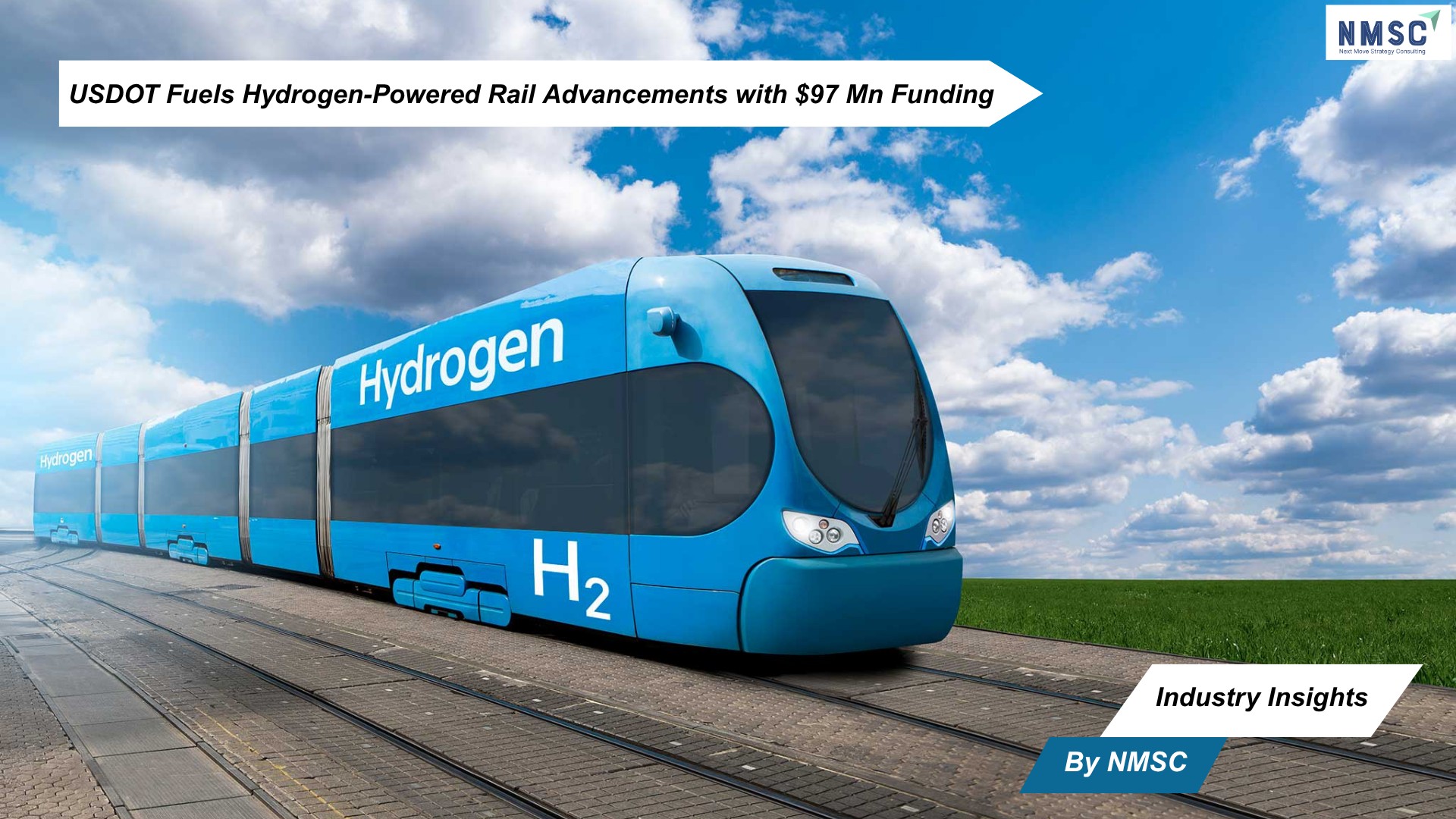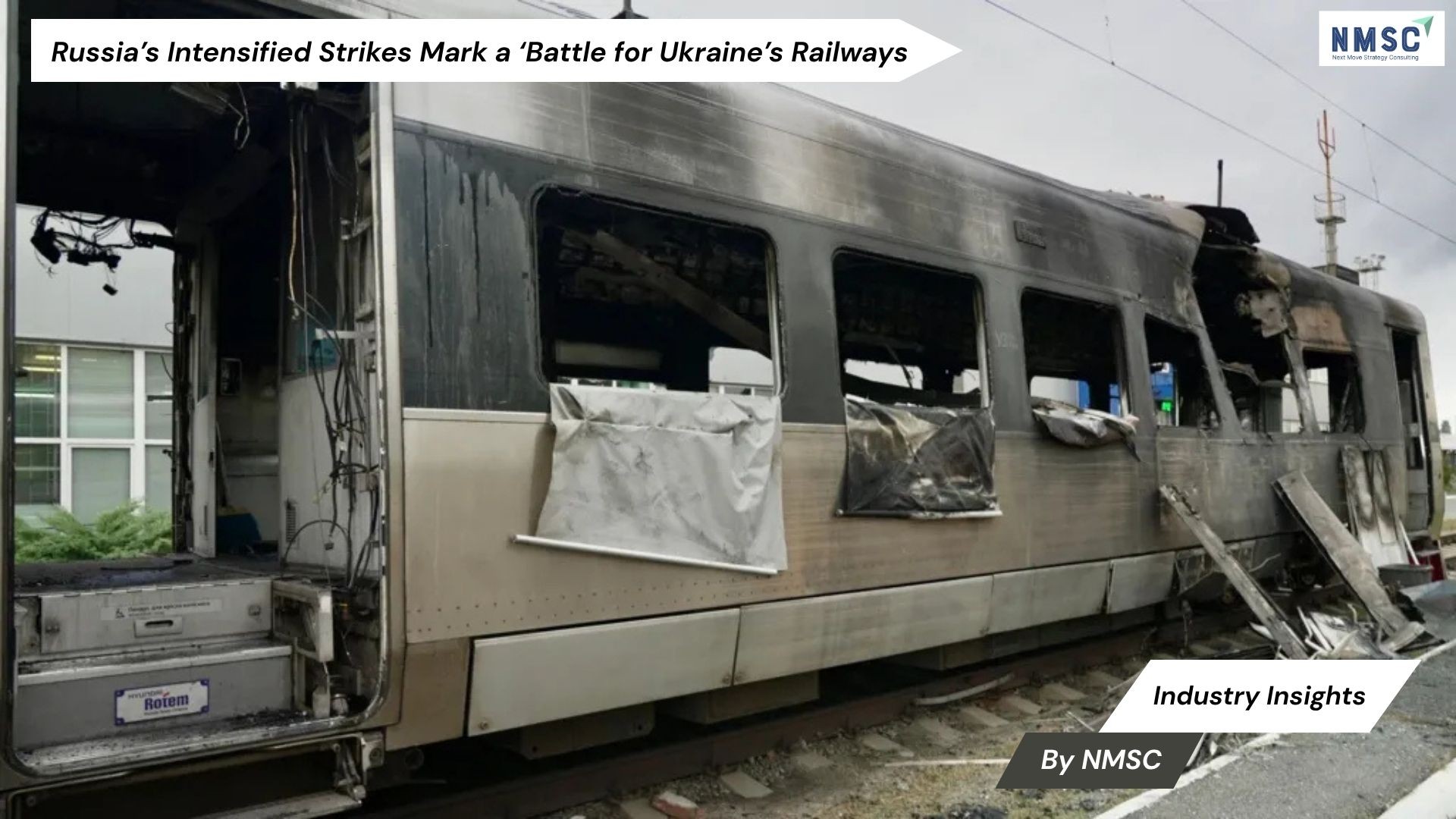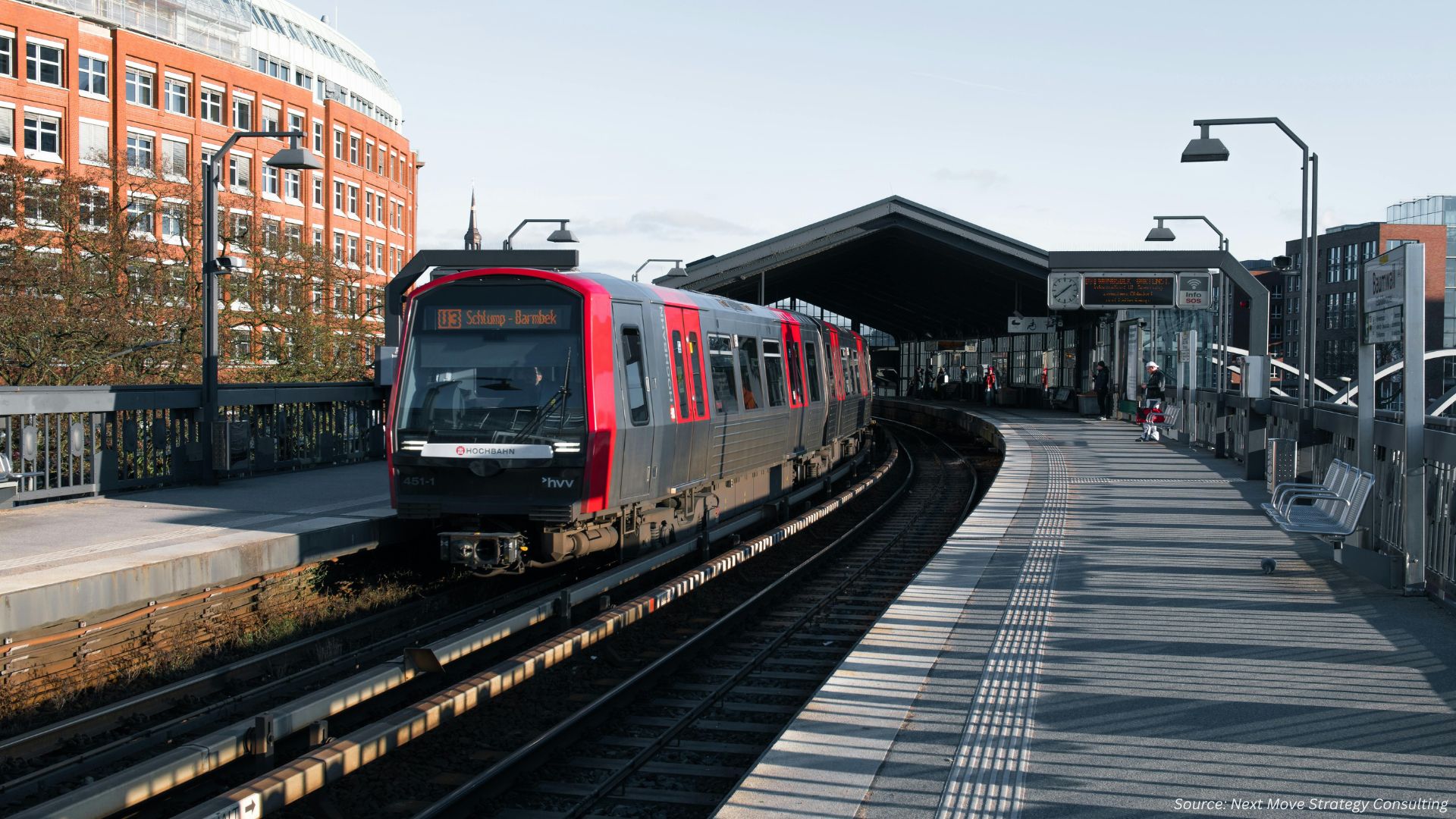USDOT Fuels Hydrogen-Powered Rail Advancements with $97 Mn Funding
Published: 2025-07-24

Industry Insights News from Next Move Strategy Consulting
As the U.S. Department of Transportation’s Federal Railroad Administration (FRA) rolls out over $2.4 billion in Bipartisan Infrastructure Law grants for 122 rail improvement projects across 41 states and Washington, D.C., it is earmarking $97 million specifically for hydrogen-related initiatives. These targeted investments aim to accelerate the shift toward low-emission, next-generation train technologies, bolster operational safety, and strengthen supply chains for freight and passenger services alike.
Deploying Hydrogen and Electric Locomotion
-
$36.5 million to California Air Resources Board for:
-
Replacing ten aging diesel locomotives with nine battery electric units and one hydrogen fuel cell locomotive
-
Installing four battery charging stations
-
-
Equipment recipients: Pacific Harbor Line, Watco, and Sacramento Valley Railroad will each integrate the new locomotives and charging infrastructure
Safety Testing and Experimental Research
Colorado State University Pueblo secured $11.7 million to conduct controlled safety experiments on rail vehicles powered by compressed hydrogen and compressed natural gas. Partnering with the University of Hawaii and OptiFuel, who together contribute a 36 percent cost share.
Advancing Dual Fuel Combustion Engines
East Erie Commercial Rail in Pennsylvania received $48.4 million to develop and test dual-fuel engines using hydrogen in tandem with liquid hydrogen tenders. Testing at the Transportation Technology Center in Pueblo, Colorado, will involve equipment from industry leaders Wabtec, Linde, and Greenbrier, who provide a 20 percent match. Findings will inform best practices for emergency response and maintenance protocols for hydrogen-enabled locomotives.
Enhancing Rail Network Resilience
“These projects will make rail safer, more reliable, and more resilient,” say FRA officials, underscoring the broader goals of reducing service disruptions, cutting shipping costs, and lowering pollution levels through cutting-edge propulsion systems. Administered via the FRA’s Consolidated Rail Infrastructure and Safety Improvements (CRISI) Program, these grants also prioritize smaller, short-line railroads crucial to regional economies.
Net Zero Ambitions Drive Uptake of Hydrogen-Powered Trains
The global push toward net zero emissions is fueling rapid expansion of the hydrogen-powered train sector. As transportation remains a leading source of greenhouse gases—especially diesel-powered rail—governments are under pressure to adopt cleaner alternatives. Hydrogen fuel cell trains emit only water vapor and heat, making them a prime solution for cutting rail emissions. Nations like the UK—with plans to eliminate diesel trains by 2040—and India—aiming for carbon neutrality by 2070—are weaving hydrogen rail technology into their broader climate strategies.















Add Comment